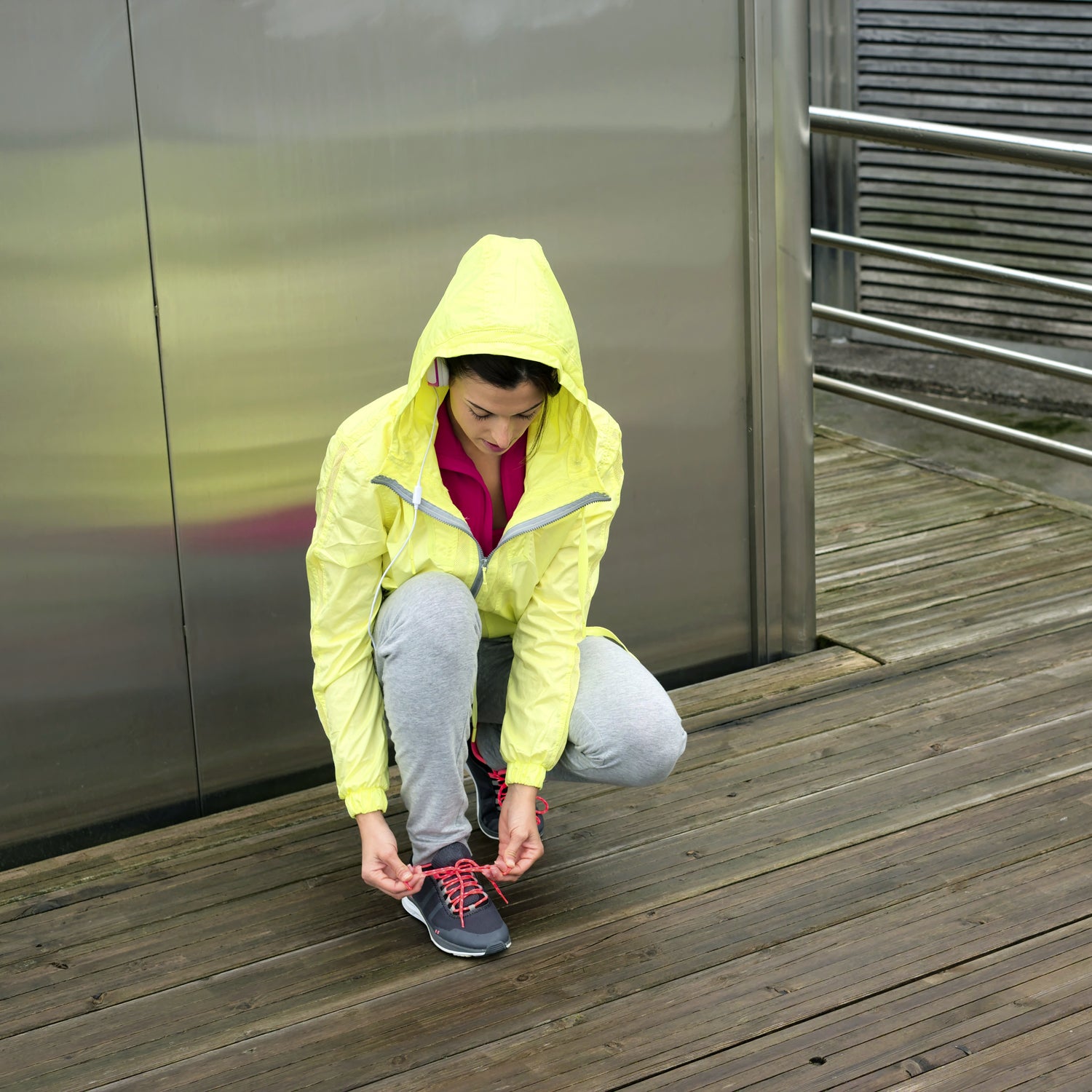If you’re unable (or unwilling) to spend an hour in the morning exercising before work, your lunch hour isn’t a bad time to make up for it. In fact, it has some real benefits of its own: Research shows that a midday sweat session can improve afternoon alertness and productivity, and one suggests that getting outside during the workday may help counteract the harmful effects of working in a windowless cubicle farm.
But how do you fit in a great workout—and then make yourself presentable for afternoon meetings—all in an hour?
Prep Like a Pro
Packing your bag the night before helps ensure you won’t arrive at the gym sans shorts (and don’t forget clean underwear for the afternoon!). “But most important, you need to have a plan for your workout,” says Adam Rosante, founder of . “Knowing exactly what you’re going to do when you walk through the door will dramatically reduce wasted time and keep you on track.”
If you’re exercising from 12 to 1, eat a light lunch early (around 10:30) or graze consistently from mid-morning until noon so you have energy for your workout but aren’t full and sluggish, says Andia Winslow, a personal trainer at New York City’s . Pack in your protein early with breakfast, since it takes longer to digest and convert to usable energy. Stick with mostly quick-burning carbs—a peanut butter and jelly sandwich or a banana and berry smoothie, for example—in the two hours before your workout.
Choose the Right Workout
A few ideas to add to your arsenal, suited for varying degrees of workday overload:
Option 1: Really take the stairs.
“Do you work in a high-rise? There’s no better and more efficient workout than running stairs—just make sure you won’t get locked in or out,” says Amelia Boone, a world champion Tough Mudder and Spartan racer who works 60-hour weeks as an attorney in Chicago. (True story: Boone put bricks in a backpack and ran up 32 flights every morning while training for a Spartan Death Race.)
Prefer flat ground? Head outside for a run, but make it count. Warm up for five minutes, then alternate three-to-one tempo pace and sprint intervals for 20 to 30 minutes. Factor in time for a nice, slow jog back to the office (or the showers), which will help bring your core body temperature back to normal.
Option 2: Build strength with intervals.
Total-body intervals give you the best bang for your buck, says Winslow—and can be done at the gym, in a nearby park, or even somewhere in your office. Warm up by jogging or stretching for eight to 10 minutes, then perform three to four sets, 15 reps each, of the following: squats, pushups, triceps dips, and good mornings. (Good mornings can be done with or without weight, says Winslow. Without a barbell, interlace your fingers behind your back. Bow forward and inhale, then stand upright as you exhale while squeezing your glutes and core.)
“What I like best about this circuit is that it is very quick and doesn’t require folks to get on the ground if they don’t desire,” she says. “Pushups and triceps dips can be done off a bench or other vertical element, for example. No equipment and minimal space needed.”
Option 3: Break it up.
Can’t get away on your lunch break? If you work in a private office, do what exercise physiologist does: “Every hour, perform one set of pushups and one set of an abdominal exercise. These will give you a needed break and add up by the end of the day.”
“The thing to remember is that there is nothing magical about exercising for an hour straight,” says Holland, the chief fitness officer of Austin-based Motility Training. “Building in shorter workouts throughout your day, even 10 to 15 minutes in duration, will make a huge difference over time.”
Stress the Cleanup
If your office doesn’t have showers and you’re working out mainly outdoors, consider whether it’s worth purchasing a cheap nearby gym membership simply for the locker rooms. (Plus, it’s a good backup plan for rainy days.) Depending on the intensity of your workout, baby wipes might replace a full-body rinse, says Boone, and dry shampoo (or a low bun) can be a godsend if don’t want to wash and dry your hair.
You’ll probably be sweaty and red-faced afterward—especially if you don’t build in time for a proper cooldown. “The fact is, a high-intensity workout raises your heart rate, forcing you to pump more blood,” says Rosante. “It’s gonna take time to cool down, even after a cold shower.”
Boone keeps an ice pack in a freezer by her desk and holds it behind her neck when she gets back from a workout. You can also buy for hands, face, and body—or, in a pinch, apply some to your hairline to control post-workout sweating. If your office has a laid-back vibe, do what Rosante does: “Wear your post-workout glow like a badge of honor. You may just inspire your coworkers to follow suit.”


